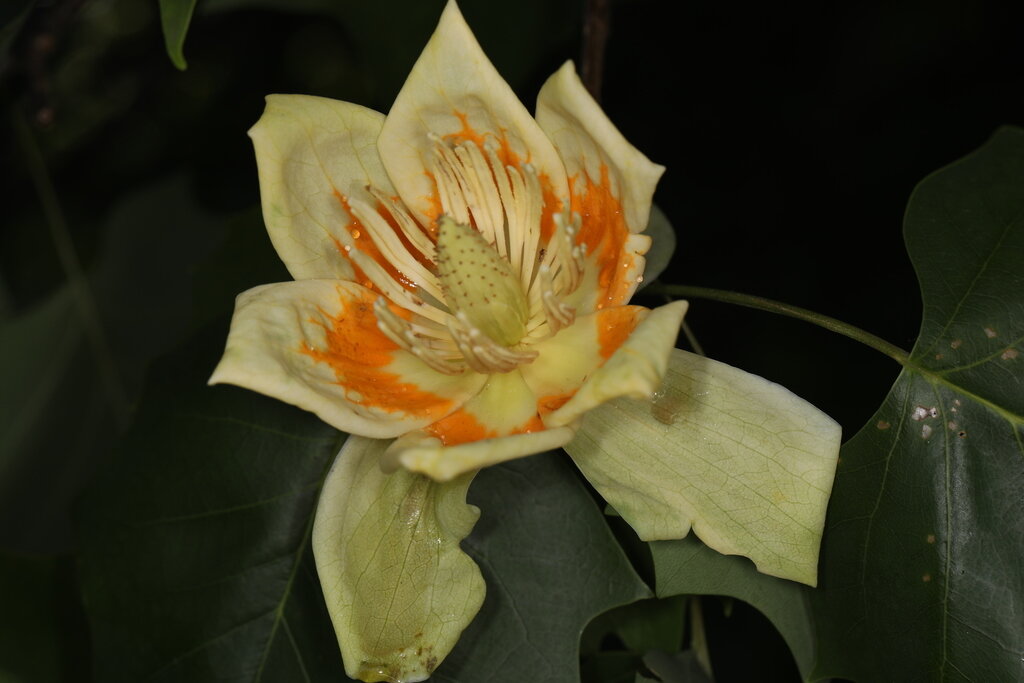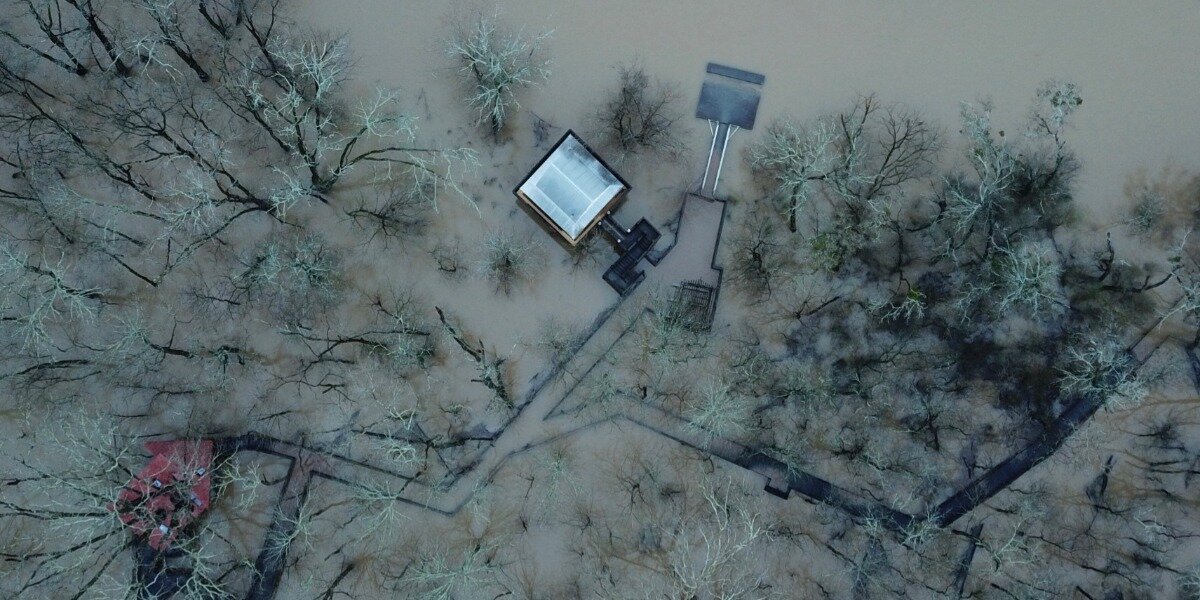
American Witch Hazel
American witch hazel (Hamamelis virginiana) is native to North America growing from Canada to Georgia westward often to Kansas and Louisiana. This species is a flowering, deciduous shrub and blooms very late in the season, usually flowering between October and December.

Switchgrass
Switchgrass (Panicum virgatum) is a native ornamental of the grass (Poaceae) family found pretty much throughout central and eastern North America. It achieves a height of 3-6 feet tall and a width of 2-3 feet. Switchgrass blooms from July through February with a light pink flower; the autumnal color is a pale yellow.

How We Protect Red Wolves
The American red wolf is the most endangered canid in the world. With the 10 known wild red wolves roaming a single recovery release site in northeastern North Carolina and approximately 250 in captivity, breeding is critical to this species’ survival.


Brood X is Emerging!
Most of us have kicked 2020 to the curb and are searching for new things to look forward to. Add this to your list for “Must Do Spring 2021” — you won’t be able to do it again for another 13-17 years. Brood X will emerge this spring in 15 states, including Tennessee.



Happy Groundhog Day!
Did you know that the groundhog has three other names? It is also known as a woodchuck, although it doesn't chuck wood. However, it does move dirt, and lots of it — up to 700 lbs of dirt and rock in a day with its feet, claws, and teeth!





That’s a lot of water!
The Chattanooga area received more than 26 inches of rain above our normal value of 51 inches annually. Quite a bit more than Seattle, WA which annually receives about 38 inches.


